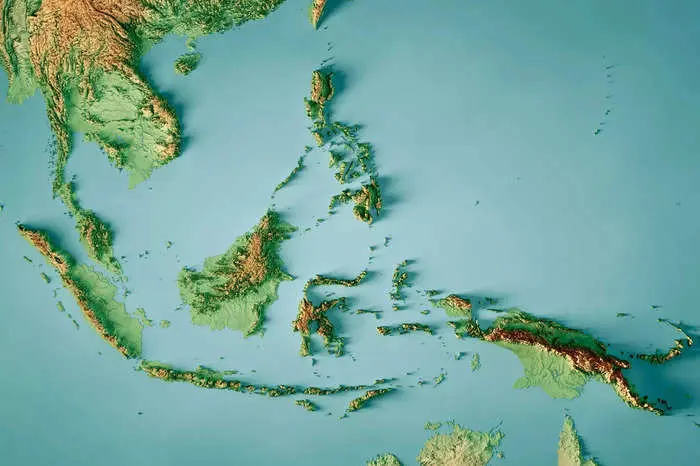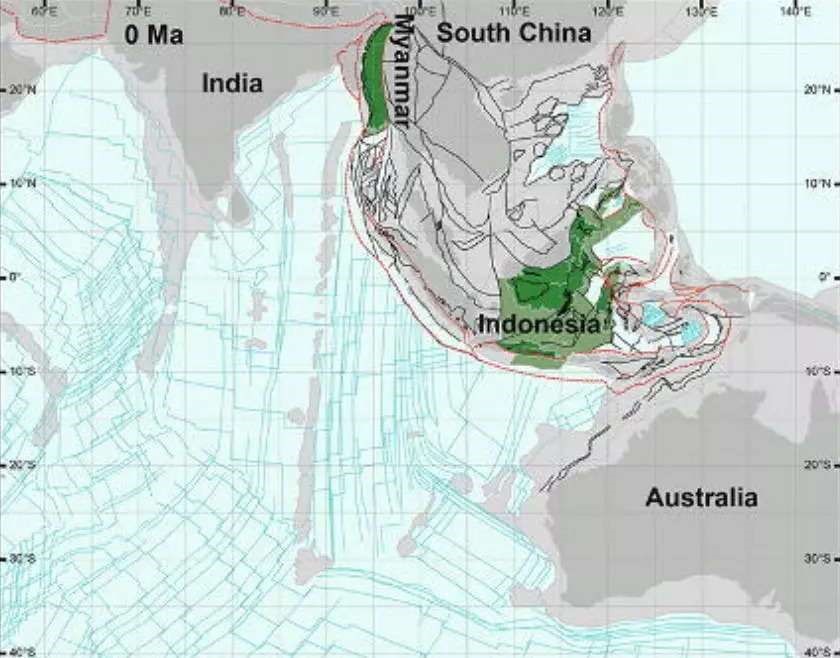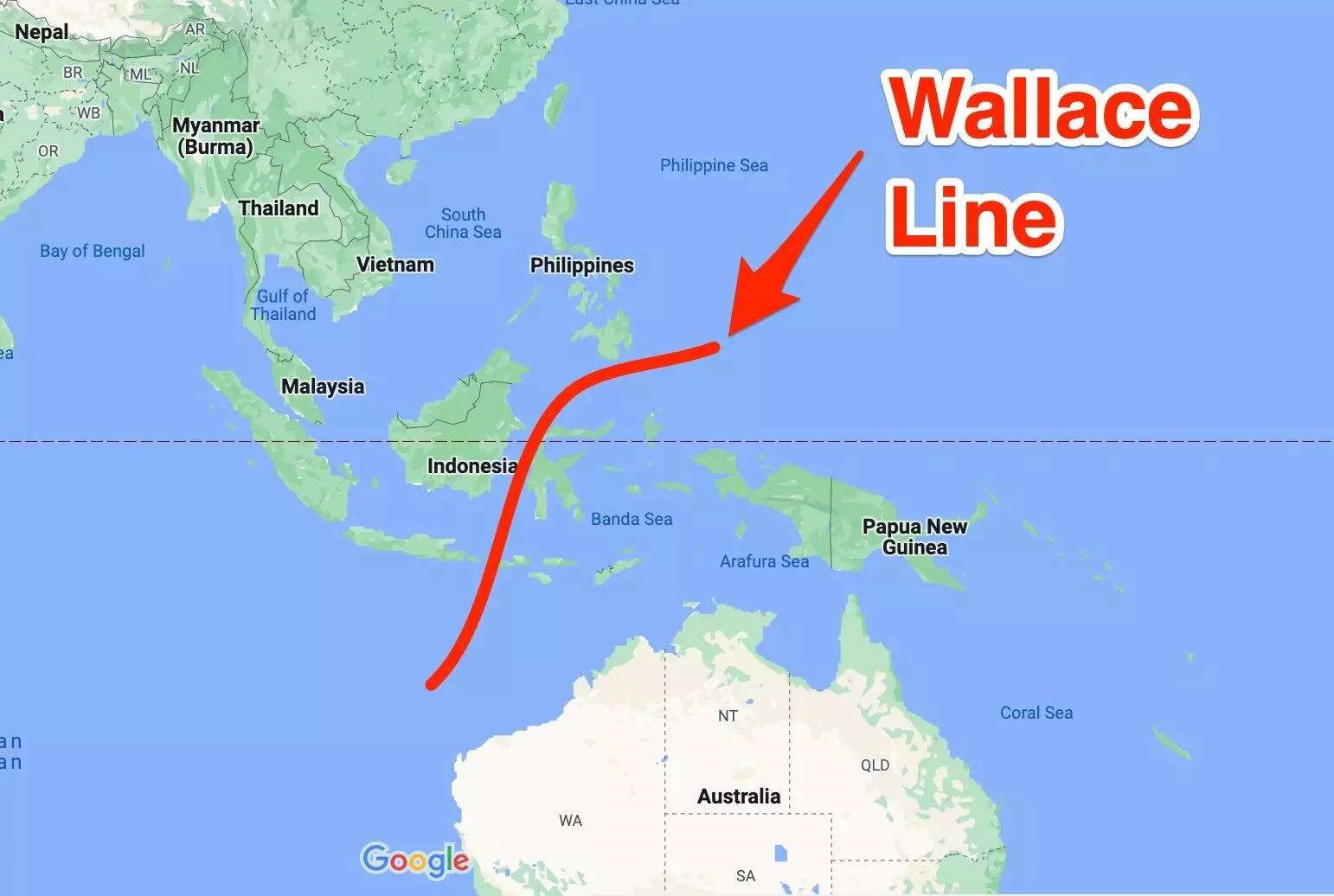Free Courses Sale ends Soon, Get It Now


Free Courses Sale ends Soon, Get It Now



Disclaimer: Copyright infringement not intended.
Context
About
Key Facts about Gondwana:
News Summary


Details About Tectonic Plates
Continental Drift Theory
Types of Plates
Plate Boundaries
Geological Phenomena
Tectonic plate movements give rise to several geological phenomena, including:
Driving Mechanisms
Plate tectonics is primarily driven by two mechanisms:
Conclusion
|
PRACTICE QUESTION The Continental Drift Theory proposed by Alfred Wegener revolutionized our understanding of Earth's geological history. Discuss the key principles of the Continental Drift Theory and its impact on the field of geology. |
© 2024 iasgyan. All right reserved